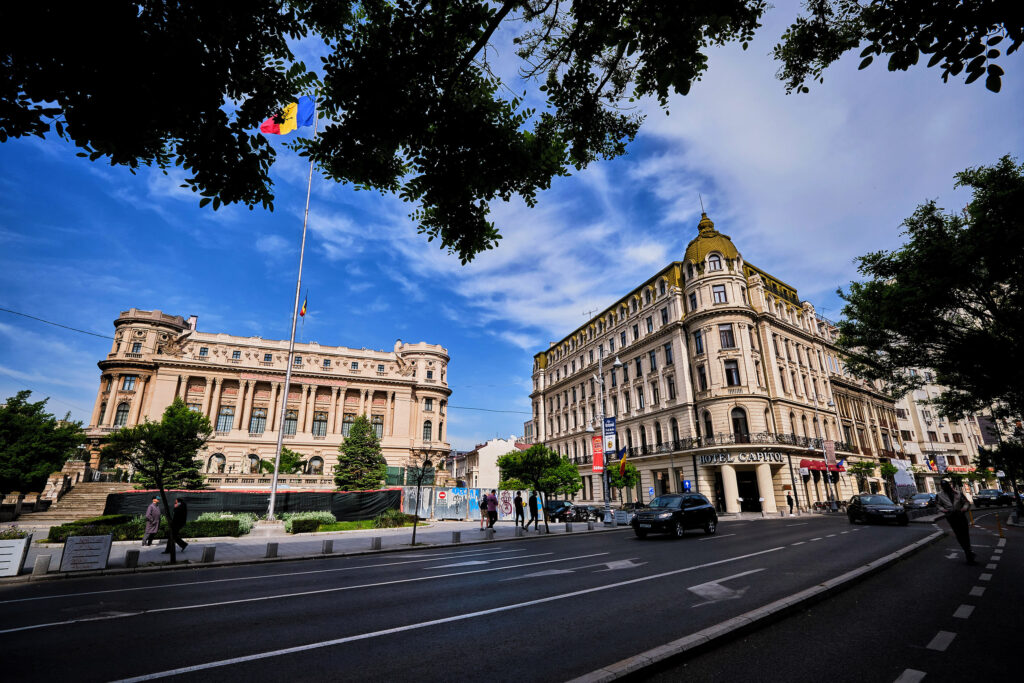We can discover an impressive number of marvelous fortified churches dotting the idyllic countryside in the southern part of this legendary region. Our journey will explore some of these marvelous monuments that are a unique legacy from the troubled medieval past of Transylvania. Once, over 300 of these rural architectural jewels adorned the villages of Transylvania, guarding over their small communities as spiritual beacons and safe retreats!



Built between the 13th and 16th centuries by the Saxon and Szekely settlers of southeastern Transylvania, about 160 of these fortified churches can still be found today, although the communities around them have almost disappeared and many are in poor shape. To defend themselves against the frequent enemy attacks, especially from the Ottomans, the villagers began to fortify their churches, building defensive walls and other structures over the years. In times of peace, these spaces were the cultural hubs of each village, while in case of danger, villagers would seek refuge inside the fortified structures.
Search for Flights to Transylvania on Booking.com!
Today, these magnificent sights are the trademark symbol of the Transylvanian countryside, each one with unique history and features. While there are many fortified churches in the villages of this region, some have gained popularity for their amazingly preserved architecture and superb locations. Seven of them have been included in the UNESCO World Heritage: Biertan, Prejmer, Viscri, Dârjiu, Câlnic, Saschiz and Valea Viilor, while there are dozens more that are worth discovering.

The Fortified Church of Biertan
Probably the most famous in Transylvania, the fortified church of Biertan is located on a small hill in the center of a picturesque village, about 80 km north of Sibiu. Once a thriving medieval settlement and the center of the Saxon population in Transylvania, the village still preserves parts of its authentic architecture. The architectural complex of Biertan includes the imposing church built at the beginning of 15th century, as well as three defensive structures around it, developed over the next centuries. The late Gothic church is monumental and has amazing architectural and artistic features.
Most of these rich elements are around 500 years old and quite spectacular. The impressive northern altar is unique in Europe and was built by craftsmen from Nuremberg and Vienna, featuring 28 amazing religious paintings. Another original feature is the sacristy door locking system developed in 1515, with 19 locks operated by a single key. There are three consecutive walls that have several towers and we can reach the interior through a covered stairway gallery. There is also a short panoramic tourist path that explores the nearby hills and offers stunning views of the village and church.






The Fortified Church of Prejmer
The fortified church of Prejmer is located in the village by the same name, 15 kilometers east from the city of Brașov. The imposing monument was started by the Teutonic Knights around 1218 and continued in the following centuries, featuring beautiful late Gothic architecture. It is the largest and best preserved medieval fortified church in Eastern Europe, as well as the only one in Transylvania built on a Greek cross structure. Probably the most amazing feature of the church interior is the unique altarpiece with superb paintings, dated around 1450.
Starting with the 15th century, the church fortifications were built to defend against Ottoman attacks. These include 12 meters high, and 3-4 meters thick walls that form a circular structure around the church, having hundreds of rooms on four floors developed inside. The amazingly original interior spaces were used as living and storage spaces, each room being inherited by families inside the community. They are still beautifully preserved and quite unique in the world. The defensive structures are truly exceptional, the fortress resisting around 5o Ottoman attacks.


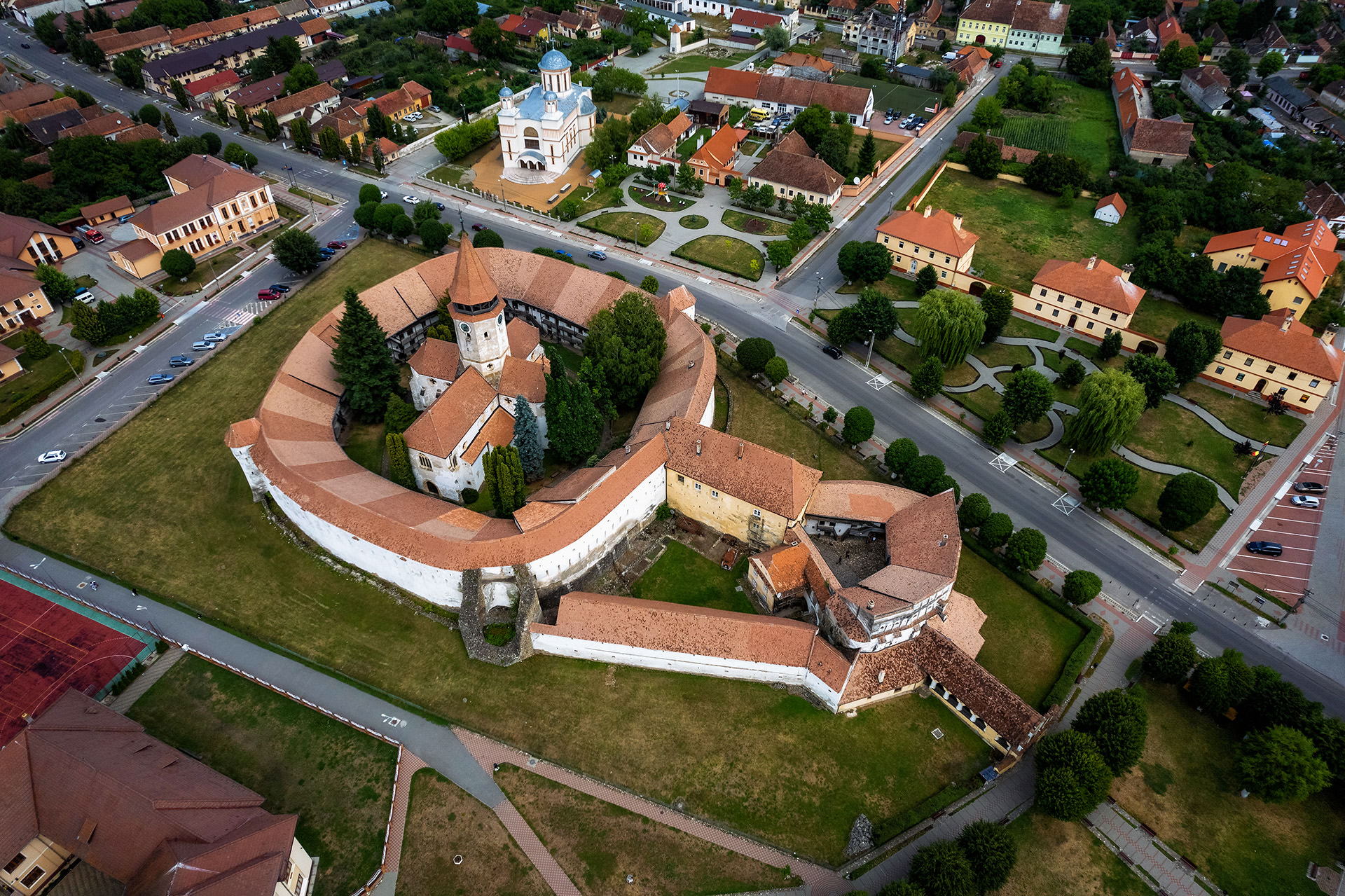
The Fortified Church of Viscri
During the last decades, the lovely Saxon village of Viscri has become famous at an international level. It is mostly known for the frequent visits of King Charles III, after he bought a house in the village. Located in the countryside between Brașov and Sighișoara, Viscri is regarded as one of the most authentic villages of Transylvania, although thousands of travelers visit each year. The fortified church of Viscri is considered as the most beautiful on the UNESCO list.
We can find it on a small hill surrounded by strong walls with two bastions and two towers. Built in the 13th century by Saxon settlers, the Romanesque church presents some unique features, while the fortification walls are 7 meters tall, although parts of them have not been preserved. Apart from the fortified church, the village of Viscri also features traditional rural architecture, accommodation in authentic houses and ecotourism activities.



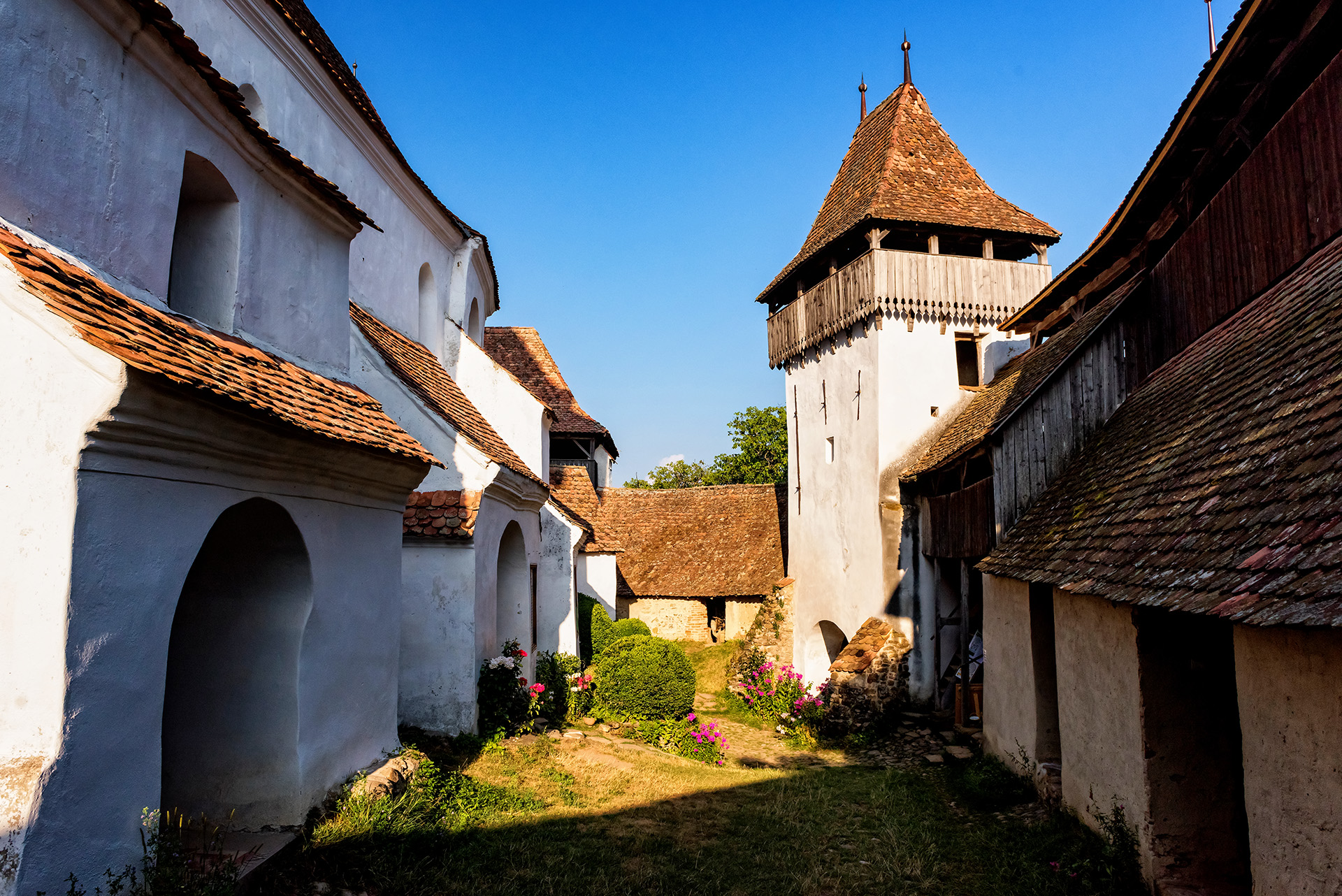

The Fortified Church of Dârjiu
The fortified church of Dârjiu is the most important and interesting one built by the Szekely community of Transylvania, being located in the small village of Dârjiu, about 35 km east of Sighișoara. Mostly famous for its exquisite and old mural paintings, the interesting fortifications and the authentic traditions, this place is truly astonishing. We can visit this beautiful landmark in the center of the village and surrounded by green hills, the fortified church of Dârjiu has a long history and amazing features. It was built during the 14th and 15th centuries, over an older Romanesque style basilica dating from the 13th century.
Of immense value, the mural paintings and frescoes have been covered in the past and only discovered during the 19th century, being brought to life again where possible. The most impressive is the story of Saint Ladislau, dating from 1419, as well as others that have been uncovered both inside and outside the church. The surrounding defensive walls are about 6 meters tall and very strong, also featuring towers and bastions. They were built during the 16th century, a unique feature being the interior storage rooms that have been used since medieval times by the villagers. The fortified church is also known as the Fortress of Bacon, as people still use the barns inside to store goods. According to old customs, they can only access their bacon supply during Wednesdays.


The Rural Fortress of Câlnic
Among the amazing cultural heritage monuments of Transylvania included in the UNESCO World Heritage, the rural fortress of Câlnic is truly unique. It was originally a noble family residence during the 13th century, including strong defensive walls that protected a massive keep, as well as a moat and towers. During the 16th century, the fortress was expanded by the villagers who bought it in 1430, with another defensive wall, while the moat was covered. Inside the walls and near the imposing keep, they also built a small chapel and other structures for storage.
The entire complex of Câlnic is beautifully preserved, with the keep tower now including a small museum of medieval and traditional art, while the cellar has a small collection of objects related to winemaking. There is also a small accommodation space inside the fortress, with two rooms organized in the former storage areas, near the gate tower. Close to the fortress, we can also admire the old Evangelical Church, built in the 15th century and modified in the 19th century, when it got its neo gothic features.



The Fortified Church of Saschiz
We can find the fortified church of Saschiz in the village by the same name, surrounded by charming wooded hills just 20 km east of Sighișoara. Here, we have the chance to admire the imposing medieval church and its mighty defensive tower, while on the nearby hill, the ruins of an older rural fortress can still be found. Once surrounded by defensive walls, the beautiful church of Saschiz was built at the end of the 15th century, over an older Romanesque Basilica. The Gothic structure is truly majestic, built of river stone and surrounded by 22 counterforts. While being quite austere and lacking ornaments, we can still admire the interior altar and organ of the church, two extremely interesting features dating from the 18th century.
The upper level of the church was fitted for defensive purposes with ramparts and firing windows. The nearby massive defensive tower was built in the same time and style with the one of Sighișoara, back in 1677. Its current aspect is much more recent, having been damaged two times by fires. We can also admire the clock mechanism at the upper level, with a figurine that the locals call Bogdan. The ruins of a rural fortress dating back to the 14th century looms over the village and can be reached easily. It once had strong walls, six bastions and a 60 meters deep well that was supposed to lead to the center of the village through a tunnel.





The Fortified Church of Valea Viilor
Another beautiful and fascinating destination we can discover is the fortified church of Valea Viilor, located in the village by the same name, about 50 km north of Sibiu. The massive Gothic church was built in the 15th century, replacing an older one dating from the 14th century. The surrounding defensive walls and towers were built starting with 1500, including some impressive defensive features added to the church. The chorus was surrounded by a four story high strong tower that included a parapet walk, while the belltower and all the entrances were fitted with defensive elements. Inside the large church, some of the most interesting features include the old paintings dating from 1779 and a lectern from 1528. The surrounding fortifications are 6-7 meters tall and very thick, including three bastions, ramparts and a covered parapet walk. There is also a small chapel near the main church, as well as a small museum at the entrance, with traditional Saxon exhibits.


Other Fortified Churches of Transylvania
Apart from the seven villages with fortified churches included in the UNESCO World Heritage, Transylvania has over a hundred such unique cultural heritage sights. We can discover many of them through the hills and valleys of the region, in small villages with authentic atmosphere, while others have been lost along the centuries. The splendid fortified church of Alma Vii is located on a small hill near the center of a remote village, about 20 km south of the town of Mediaș. The small hall church was built in the 14th century, while its surrounding fortifications appeared during the 16th century. The defensive wall has four towers and firing holes. The village is truly enchanting, surrounded by wooded hills and orchards.
Just 16 km south of Sighișoara lies the charming village of Apold and at its center, the beautiful fortified church of Apold dates as far as the 13th century. First built as a Romanesque Basilica, it was rebuilt in a late Gothic style during the 16th century. The defensive structures of the church and the defensive wall with three towers date from the 15th and 16th centuries. Inside the three-apse church, visitors can admire the Neo-classical altar with an organ piece or the wooden pulpit and galleries dating from 1760. The splendid fortified church of Cincșor is located in the middle of the village, on the banks of Olt River and close to the town of Făgăraș. It was built in 1421 over an older chapel, while the fortifications were developed during the next centuries using stone from an old Roman military camp. The fortified church is surrounded by strong walls with towers and even had a water moat in the past.




The fortified church of Hărman is one of the most interesting and important we can find in Transylvania, with some unique and original features. The Romanesque Basilica used to be defended by three defensive walls and a moat. The interior wall was 12 meters tall and had 7 defensive towers and a zwinger. The exterior wall is no longer preserved, but it used to have storage spaces. The church was already defended by a wall in 1290, when it received a bell tower. It was further modified during the 15th century in a Gothic style, when some living spaces and granaries were also built on the southern side of the church.



Lost between the hills of central Transylvania some 40 km southeast of Sighișoara, the fortified church of Meșendorf was built in the 14th century in a late Gothic style and further modified during the 15th century. The church vaults had to be removed during the 19th century restorations due to the risk of collapse, but the belltower was kept in its original form. The strong defensive walls used to have three towers, but only two of them are still visible today, while part of the wall was removed to make room for the school. Inside the church, the most interesting features include the wooden gallery with Baroque paintings and the 1693 altar.
The fortified church of Moșna is considered one of the most beautiful in Transylvania, located about 10 km south of the town of Mediaș. The present church was built after the 15th century, at the same time with the fortifications and over two older structures dating from previous centuries. It is a large church and features defensive structures, including a level over the choir and small towers at the north and south entries. The interior is adorned with many architectural and artistic treasures.




The remote village of Mălâncrav is located about 25 km southwest of Sighișoara, surrounded by wooded hills. Its fortified church of Mălâncrav is renowned for housing the largest interior frescoes in Transylvania, with images of the so-called „poor man’s Bible„. Other beautiful features of the interior include the impressive sculptures and the old Gothic altar with the figure of the Virgin Mary. Outside the astonishing church, the defensive features can still be found in the ruins of the surrounding wall and the church tower. This used to be the court church of the Apafy noble family, whose splendid mansion can be admired nearby.
These are just some of the most beautiful and interesting fortified churches of Transylvania, with many others that we can find while exploring old villages like Agârbiciu, Archita, Băgaciu, Bazna, Brădeni, Bunești, Cloașterf, Feldioara, Ghimbav, Homorod, Hosman, Roadeș, Sânpetru, Șeica Mare and dozens more.


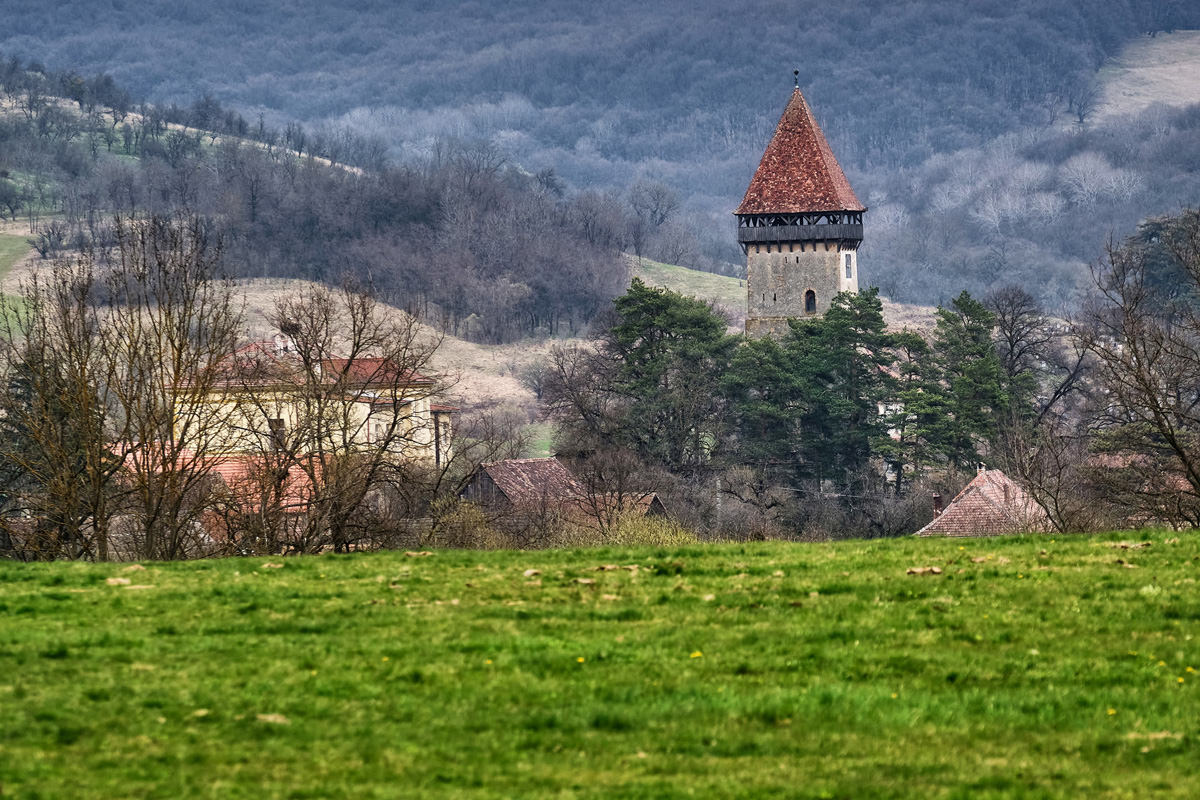

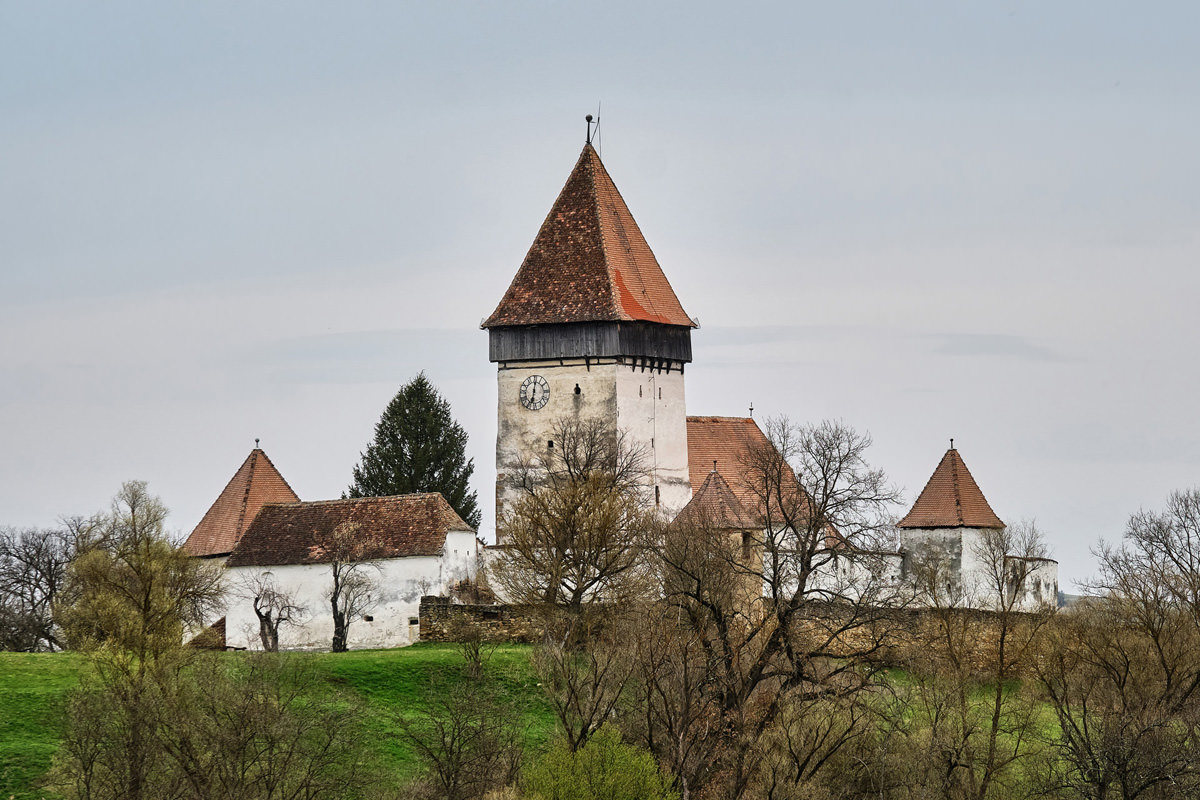

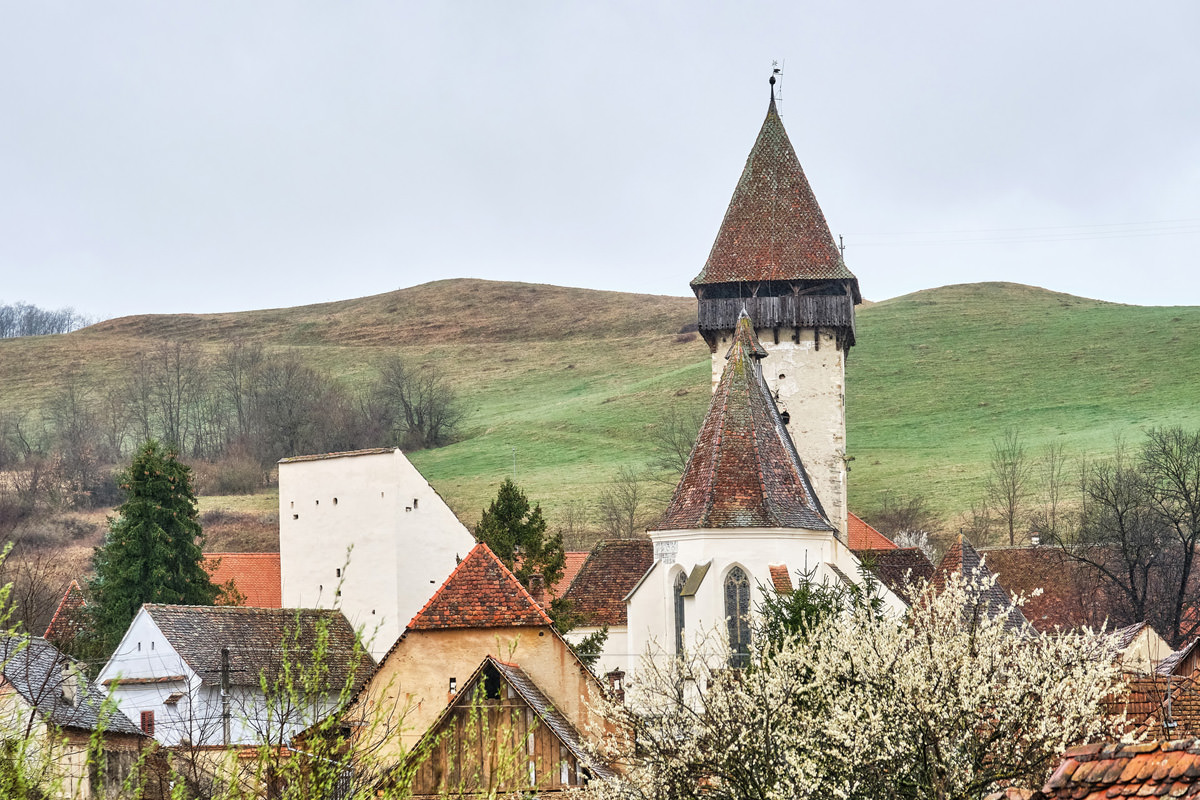
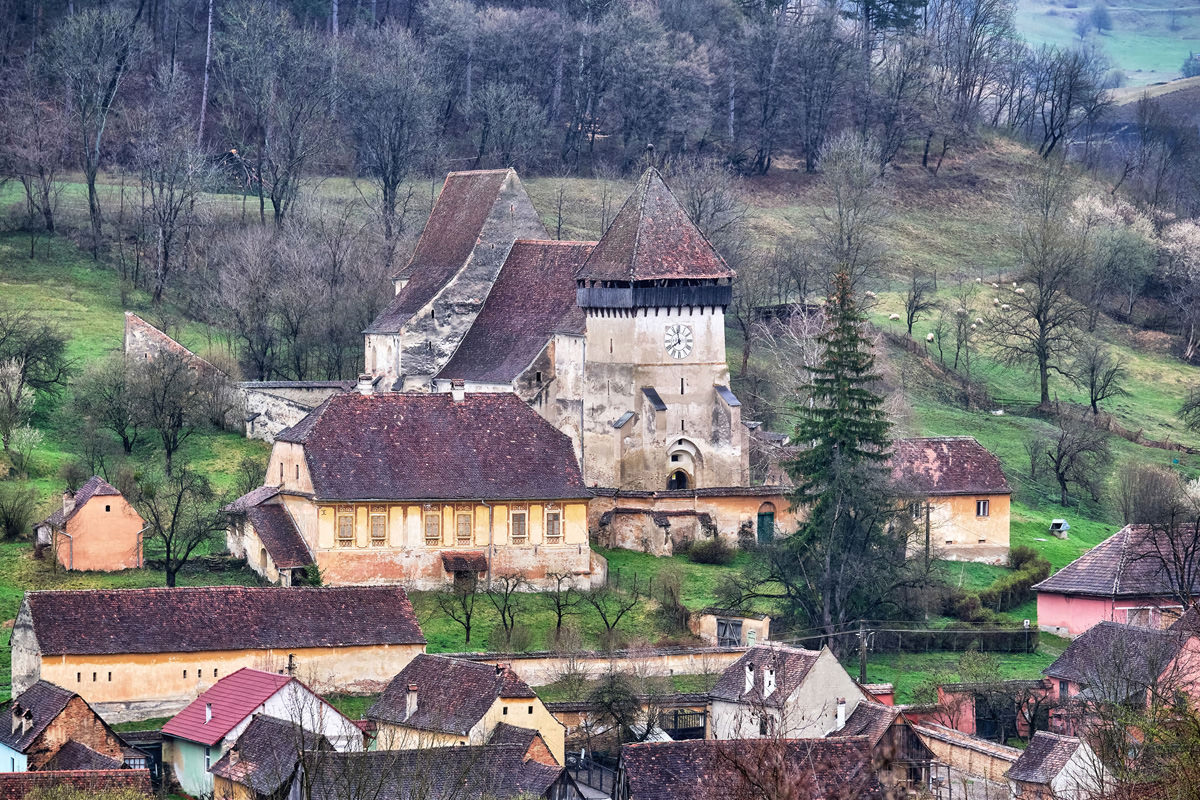

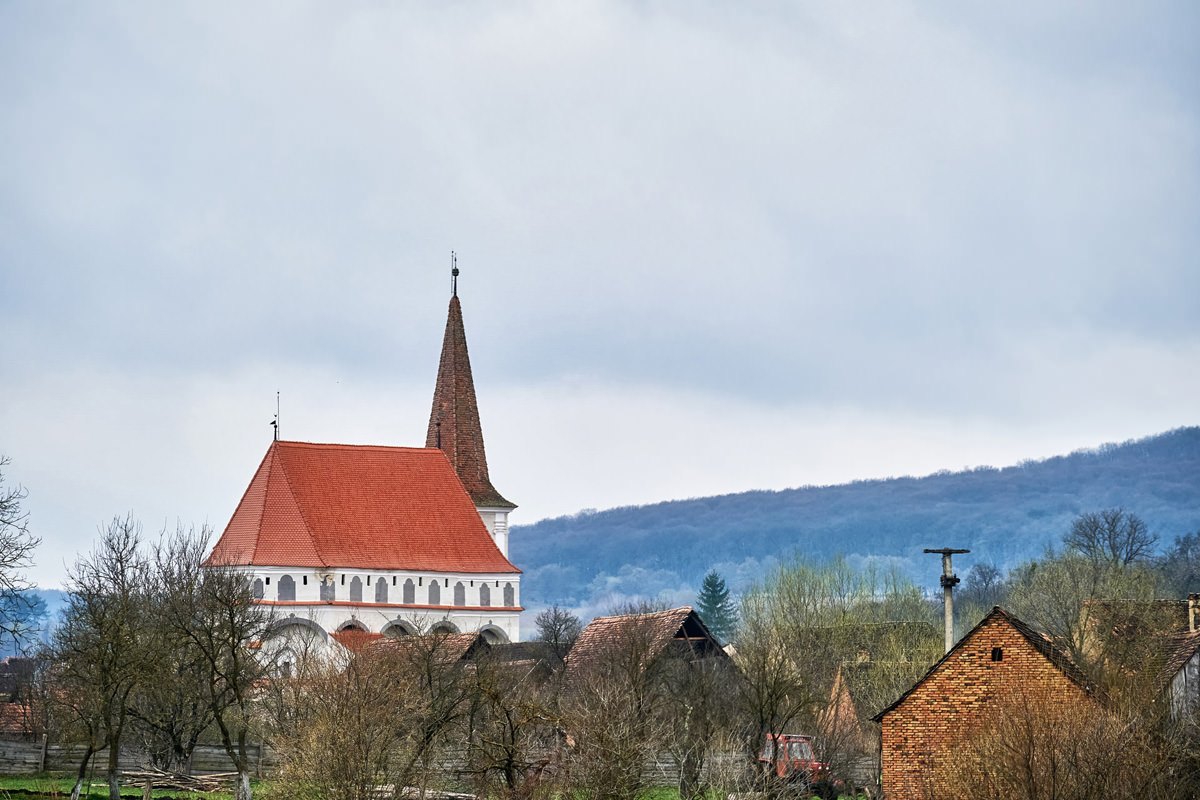
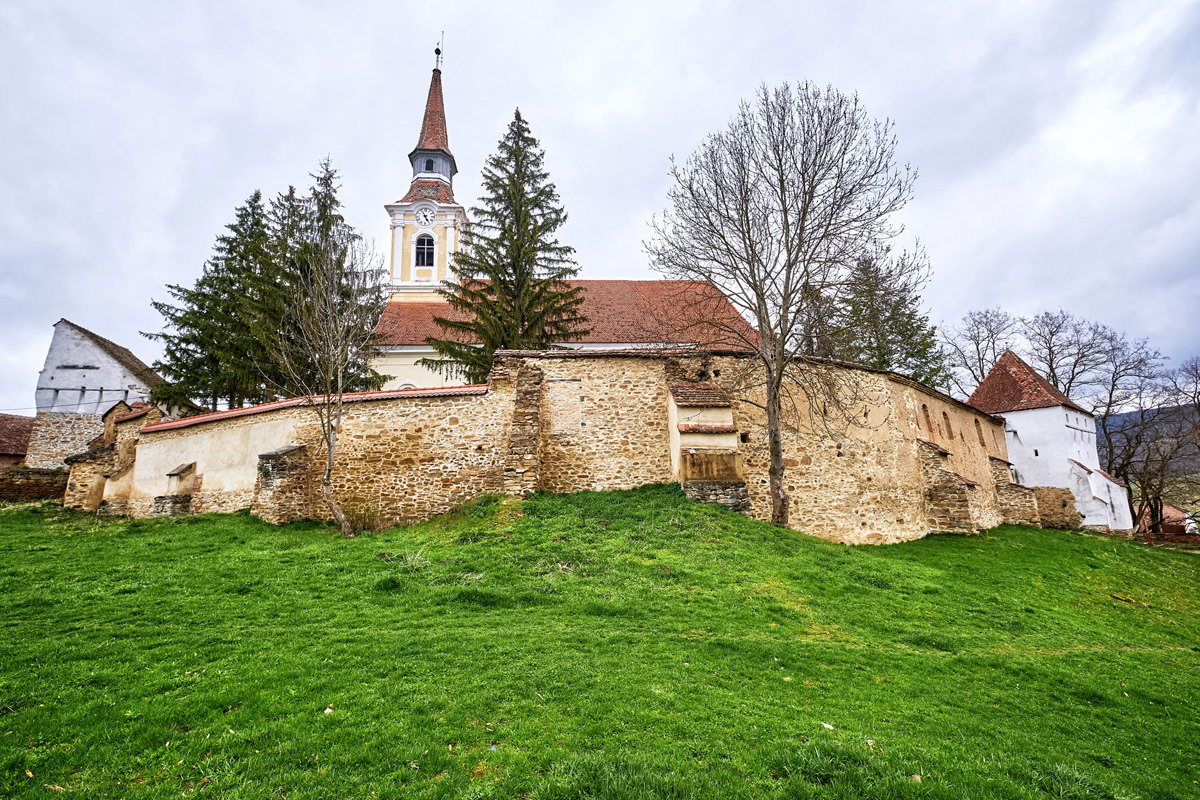

Best Authentic Accommodation in Southern Transylvania
Eva Wagner House 3*
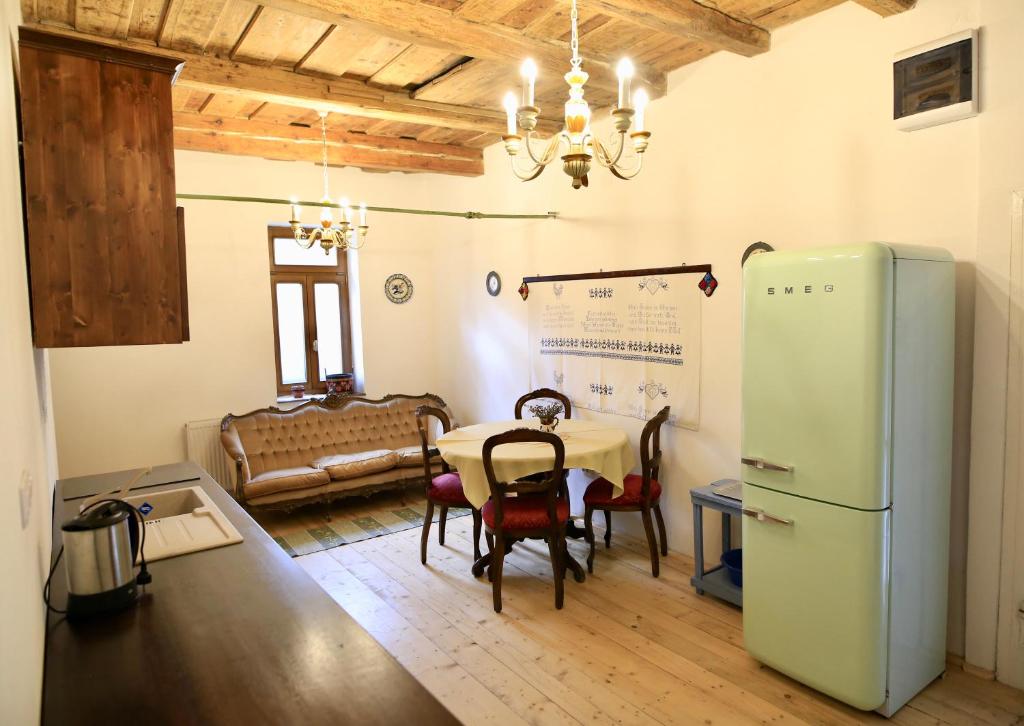
9.6 Rating from 22 Reviews!
Located in the village of Biertan very close to the fortified church, the accommodation offers several traditional spaces for couples of families, with private bathroom, common kitchen and garden!
Convivium Transilvania 3*
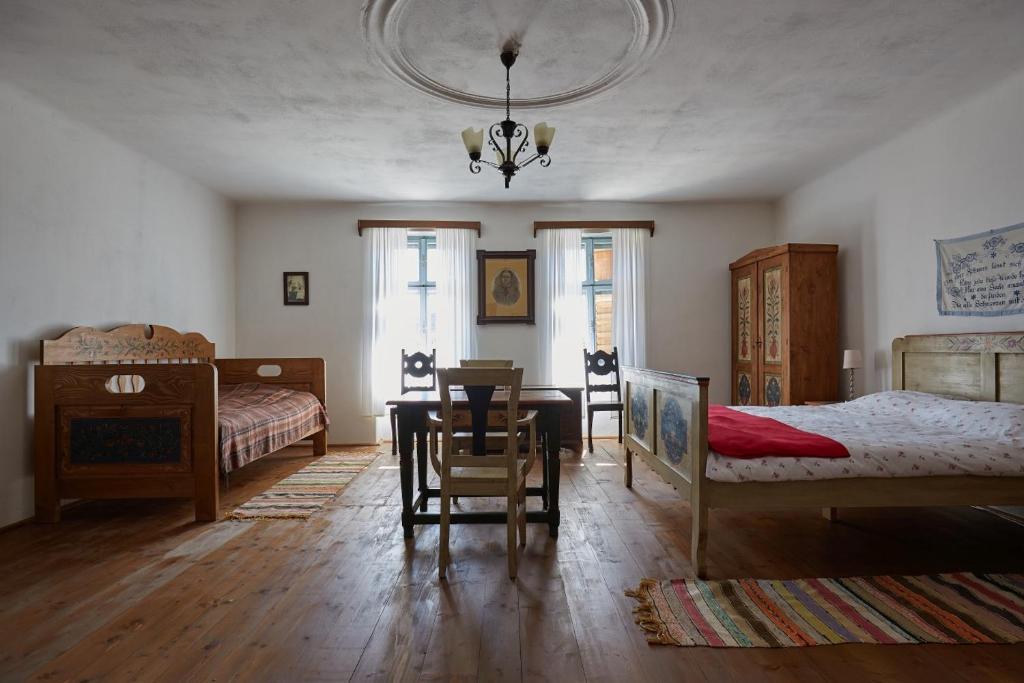
9.0 Rating from 125 Reviews!
Located in the village of Criț, this accommodation consists of an 18th century house that is fully renovated, featuring private baths and common lounge. It houses the Transilvania Culinary Academy!
Old COuntry Sight
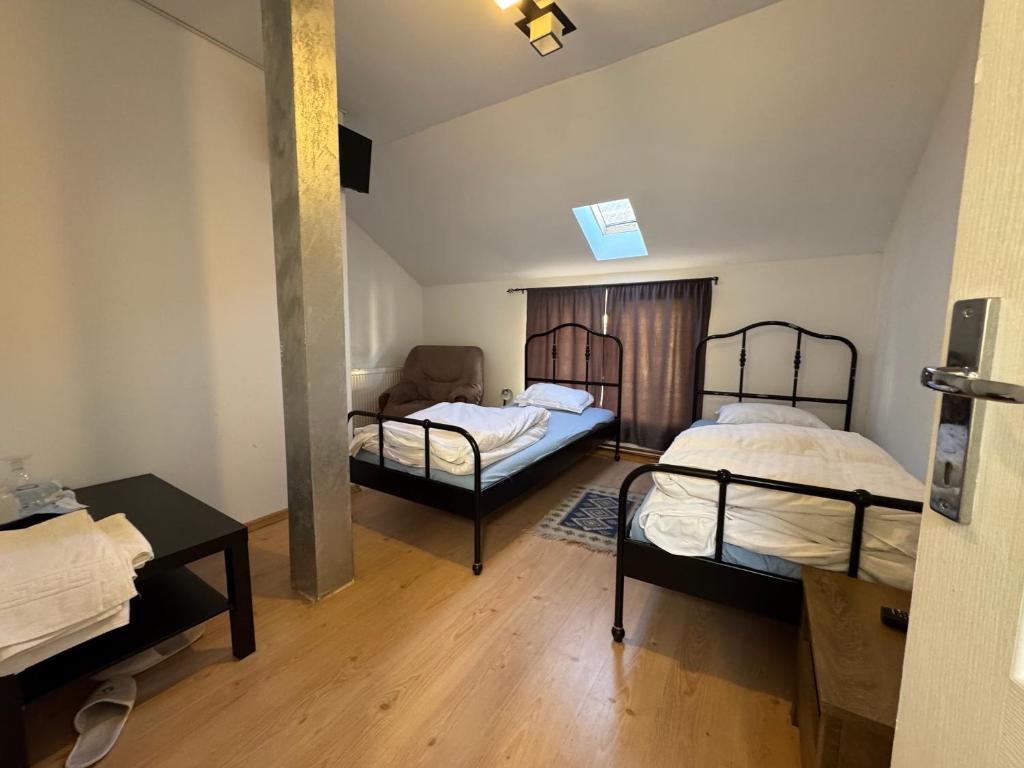
8.6 Rating from 90 Reviews!
Located in the village of Prejmer, this lovely guesthouse offers fully equipped rooms with private bathrooms, large garden with barbeque, free parking and easy access to the fortified church!
Flori House 3*

9.6 Rating from 71 Reviews!
Located in the village of Saschiz just 300 meters from the fortified church, this amazing accommodation features in superb houses that are equipped with traditional new facilities, private bathrooms and garden!
Viscri 9 3*
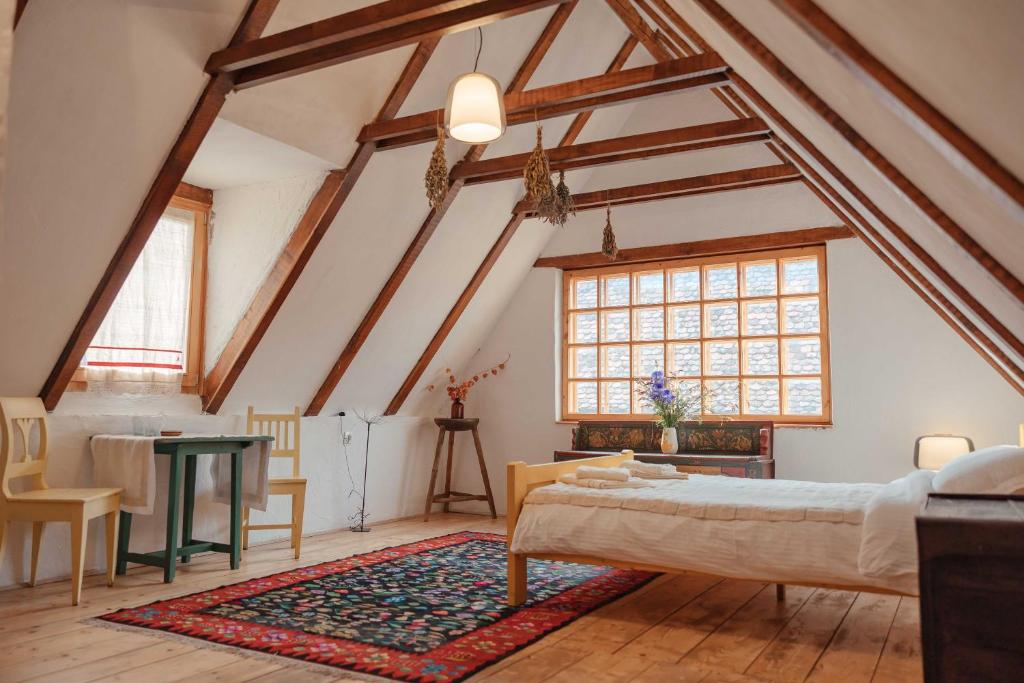
9.4 Rating from 184 Reviews!
Located in the village of Viscri, this traditional house offers authentic accommodation with private bathrooms and a shared kitchen, sun terrace and a large lush garden. The oldchurch is just 1 km away!
Mesendorf Gasthaus 3*
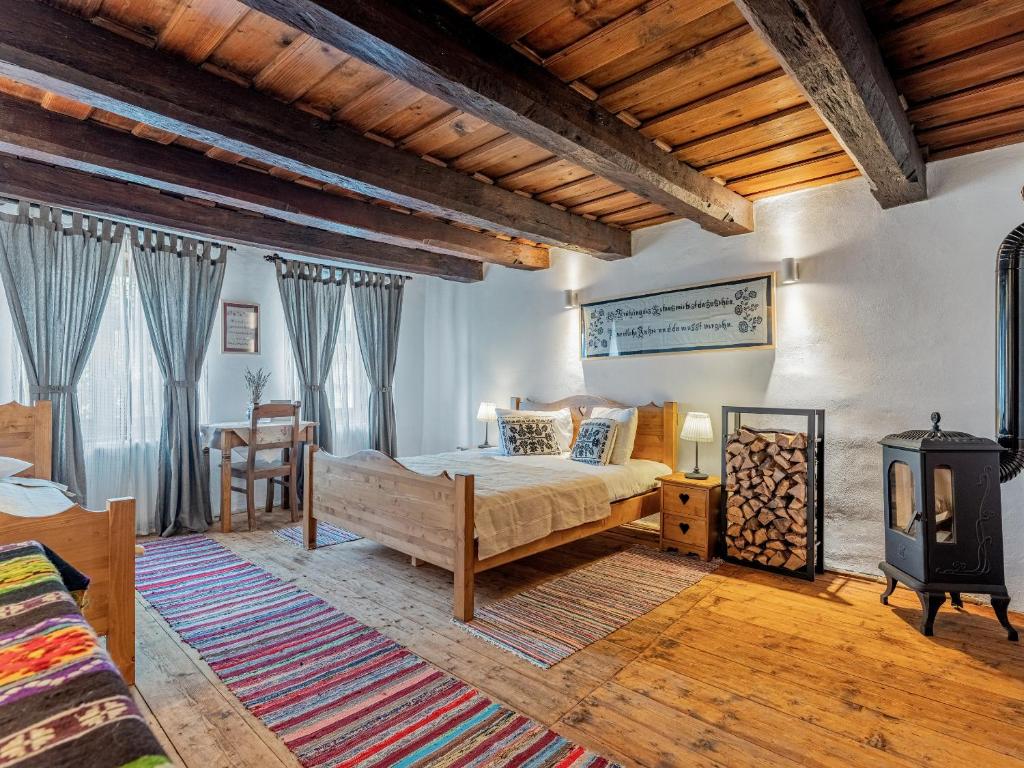
9.4 Rating from 212 Reviews!
Located in the village of Mesendorf, this highly rated guesthouse offers traditional accommodation in superb Saxon houses that are fully equipped, with private bathrooms, common dining area and large garden!
Local Tips to Visit the Fortified Churches of Transylvania
- Most of the fortified churches are located in the center of each village, so they are fairly easy to spot!
- Travelers can freely admire them from afar, as most of them are closed and many are deserted!
- The most interesting and those that have been renovated can be visited by calling the person in charge of the church in each village!
- Visitors can either find the telephone number on the gate of each church or b searching information on Google Maps!
- The entry ticket is a small fee (6-10 RON) that helps the community preserve the fortified church!
